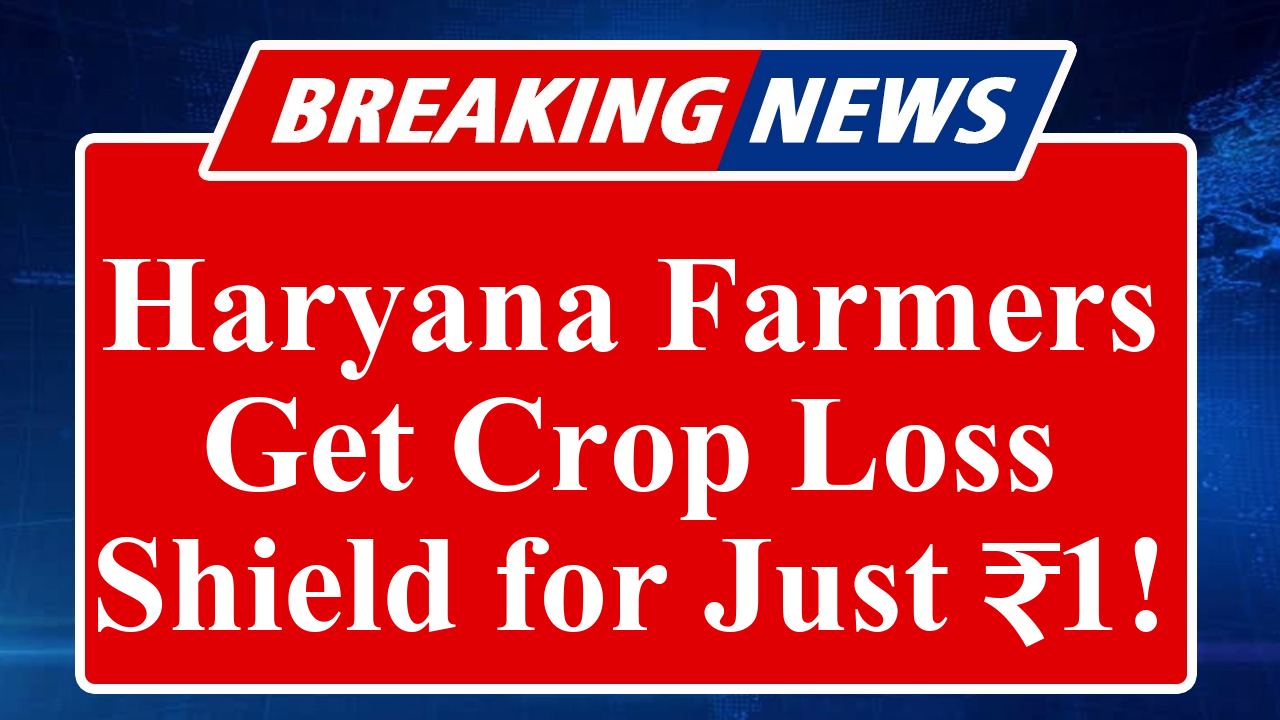Haryana’s revamped farmer insurance scheme, announced on June 19, 2025, aims to shield farmers from crop losses due to natural calamities. With a focus on affordability, the scheme offers coverage at a nominal premium, leveraging technology for faster claim settlements. It integrates with PMFBY, ensuring comprehensive support for farmers across the state, boosting agricultural resilience.
Haryana Bolsters Farmer Support with Upgraded Crop Insurance Scheme
On June 19, 2025, the Haryana government unveiled significant enhancements to its farmer insurance scheme, designed to provide robust financial protection against crop losses caused by natural disasters. The initiative, closely aligned with the Pradhan Mantri Fasal Bima Yojana (PMFBY), aims to safeguard farmers’ livelihoods by offering affordable premiums and streamlined claim processes.
The updated scheme allows farmers to access crop insurance for a nominal premium, with the state government subsidizing a significant portion of the cost. For Kharif crops, farmers pay a maximum of 2% of the sum insured, 1.5% for Rabi crops, and 5% for commercial and horticultural crops, with the remaining premium equally shared by the state and central governments. This affordability ensures broader participation, especially among small and marginal farmers.
A key feature of the scheme is the integration of advanced technology to improve efficiency. The use of YES-TECH, a technology-based yield estimation system, has been expanded in Haryana to phase out traditional crop-cutting experiments, enabling faster and more accurate assessments of crop damage. Additionally, the Weather Information and Network Data Systems (WINDS) initiative is being implemented, with plans to install Automatic Weather Stations (AWS) at the block level and Automatic Rain Gauges (ARGs) at the panchayat level. This hyper-local weather data collection enhances the precision of loss assessments, reducing disputes and expediting claim settlements.
The scheme covers a wide range of risks, including drought, floods, hailstorms, landslides, and pest attacks. It also provides relief for prevented sowing due to adverse weather conditions, offering up to 25% of the sum insured if farmers are unable to plant crops. Post-harvest losses are covered for up to two weeks for crops left to dry in the field, addressing localized calamities like unseasonal rains.
Haryana’s implementation of the scheme has been praised for its proactive approach. The state is among the few where claim disbursements have historically exceeded premium collections, reflecting a commitment to farmer welfare. However, challenges remain, as highlighted by recent criticisms from Congress MP Deepender Singh Hooda, who pointed out a sharp decline in claim payments from ₹2,496.89 crore in 2022-23 to ₹224.43 crore in 2023-24, raising concerns about transparency and the role of private insurance companies.
To address such issues, the Haryana government has mandated that loss assessments involve a Joint Loss Assessment Committee, including block agriculture officers, insurance company representatives, and affected farmers or their nominees. This ensures greater transparency and farmer representation in the process. The state is also leveraging digital platforms like the National Crop Insurance Portal and mobile apps to simplify enrollment and claim reporting, allowing farmers to upload evidence of crop loss directly.
The scheme’s extension until 2025-26, backed by a ₹824.77 crore Fund for Innovation and Technology (FIAT), underscores the government’s focus on modernizing agricultural insurance. This fund will support innovations like drone-based surveys and GPS technology to further reduce delays in claim processing. With nine major states, including Haryana, adopting these advancements, the scheme is poised to enhance agricultural resilience and farmer confidence across the region.
Disclaimer: This article is based on information from government announcements, official websites, and recent news reports. Data is sourced from the Department of Agriculture and Farmers’ Welfare, Haryana, PMFBY guidelines, and credible media outlets like The Hindu and Indian Express. Readers are advised to verify details with official sources for the latest updates.

